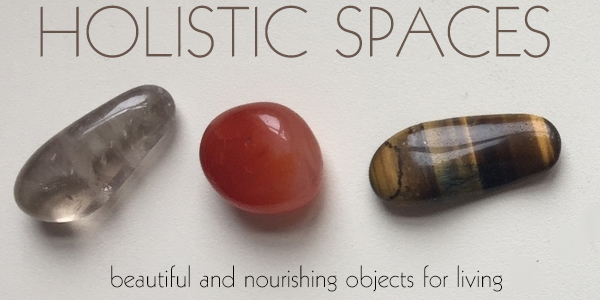I'm really enjoying your podcast -- it's a wonderfully simple way to get into the art of feng shui, and I've started using some of the techniques and loving the simple tips and tricks you have provided. I wanted to ask something weird -- is there a good or bad place to put garbage cans within a room or home? I'm curious if the location of a garbage can affects the area and, if so, how?
Emily P., Milford, CT
Hi Emily
Thanks so much for listening to the podcast! I’d love to hear about how it’s going for you so far since you’ve incorporated some adjustments. Thank you also for writing in. The trash can question is not “weird” at all! In fact, you’re not the first person who’s asked me that. There are a few ways to look at the placement and use of the garbage bin.
First, let's look at the practical function of a garbage can. A garbage bin serves as a temporary place for things you want to remove from your home. It's something we all really need and it isn't a bad thing! It's great to put it in a place where it serves a practical function, like in the kitchen, where you definitely need one! I often recommend that people put it under the sink or incorporate it into cabinets near the sink, where it's best used.
One of the most important things to keep in mind is that it shouldn't be the first thing you see or a main focal point anywhere. You wouldn't want to walk into a home and see a garbage can, as it can shift you toward negative energy, and the same goes for its placement in the kitchen. It may be something you need in your home, but it shouldn't take the focus!
Desks and bathrooms are also great areas for small, functional trash bins that can be emptied often as necessary. Again here though, avoid letting the bins be first in the line of sight.
On another level, if you view the feng shui bagua in a more advanced way, it's composed of circles, not squares. In this situation, there are areas in between each circle. These spaces are often used for placement of necessary, but maybe not "positive," items like toilets and, you guessed it, garbage cans! Take a look at this bagua map and see if the spaces correlate to anywhere in your home where you can place a trash bin.
Wherever you place your garbage cans, be sure to take them out regularly. I'm partial to smaller bins, rather than giant trash cans, since it's necessary to empty them daily. There's nothing wrong with having a space for trash in your home, but you don't want it to allow refuse to rot and stink as it gathers. If you have this situation now, take a look at where it's located on the bagua map. This can be a sign of where you're not taking care of yourself!
Finally, I would highly recommend taking a look at what is going into your trash can. Are you throwing things away that can be recycled or can lead to more sustainable living? If you have space, add in a recycling bin to the same area as your trash bin, and move a little focus toward living a bit greener by putting thought into what you're sending to landfills and what you're making available for reuse.
As with many things in feng shui, trash cans and their placement are very symbolic, and it's really all about your intention. Keeping mindful of your garbage bins and what they represent, and taking care to keep them emptied and clean can make a huge difference in how your space feels.
Mindful Design is a new way to learn feng shui. Our a unique training program takes an holistic approach to learning the art of feng shui design. Mindful design is about becoming aware, and attentive, to the energy around you: both inner and outer qi. It is about promoting a better way of living and creating sacred spaces that support, and nourish. Visit us at mindfuldesignschool.com.






